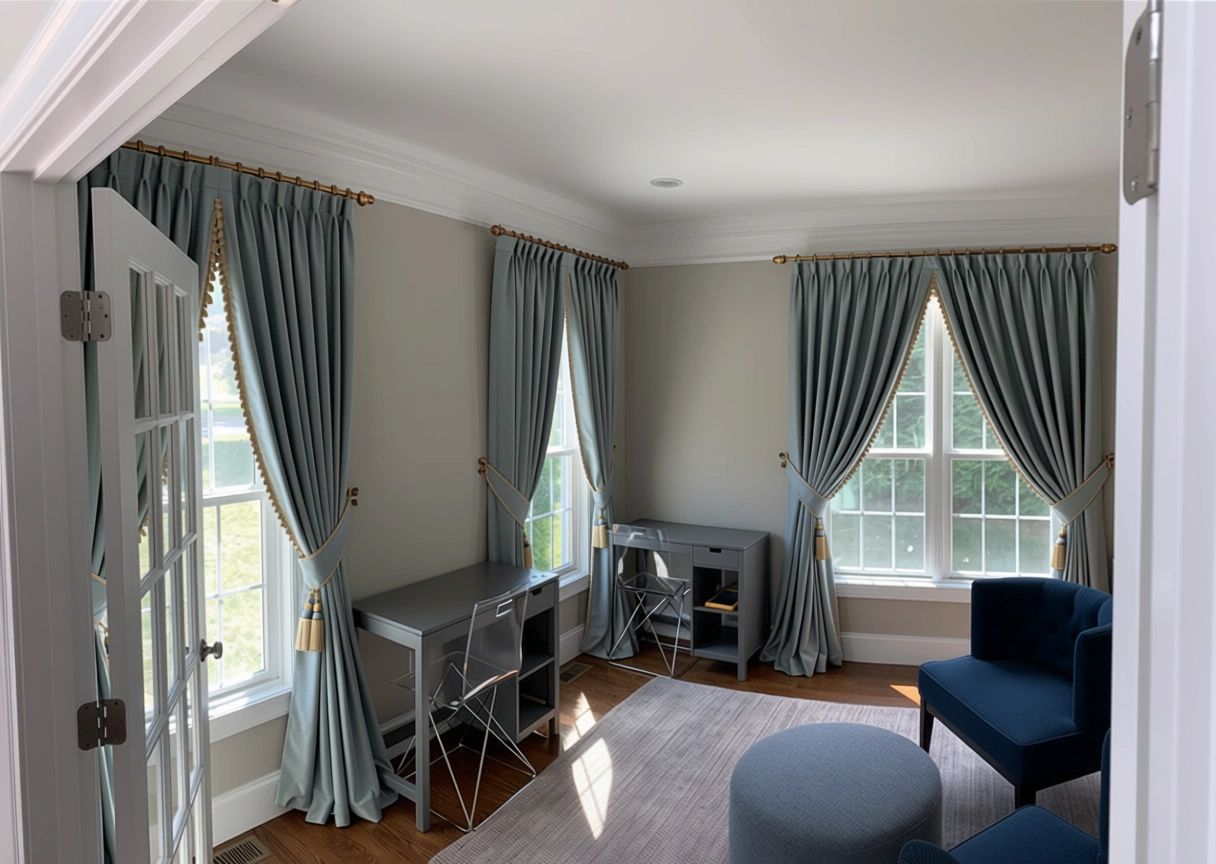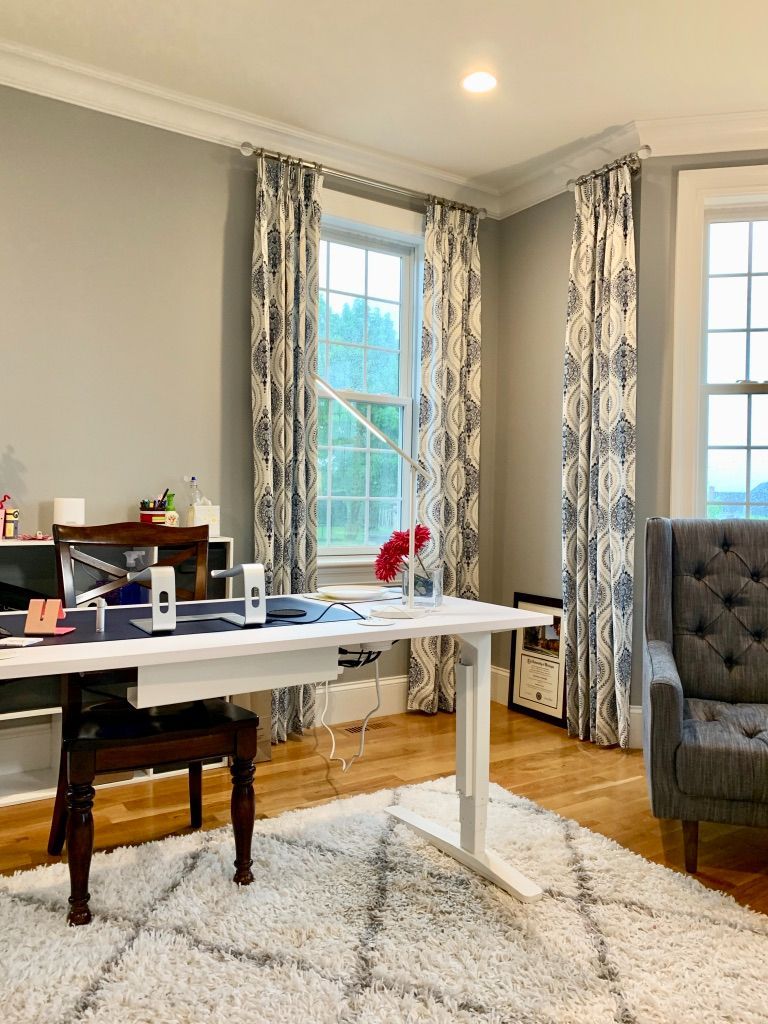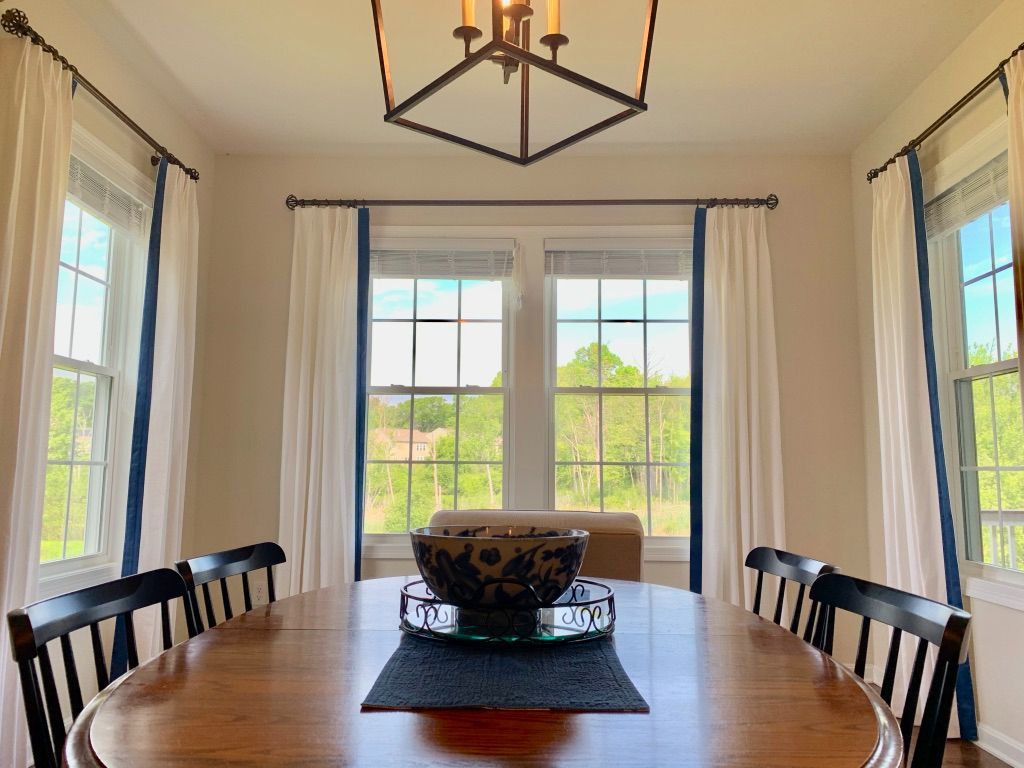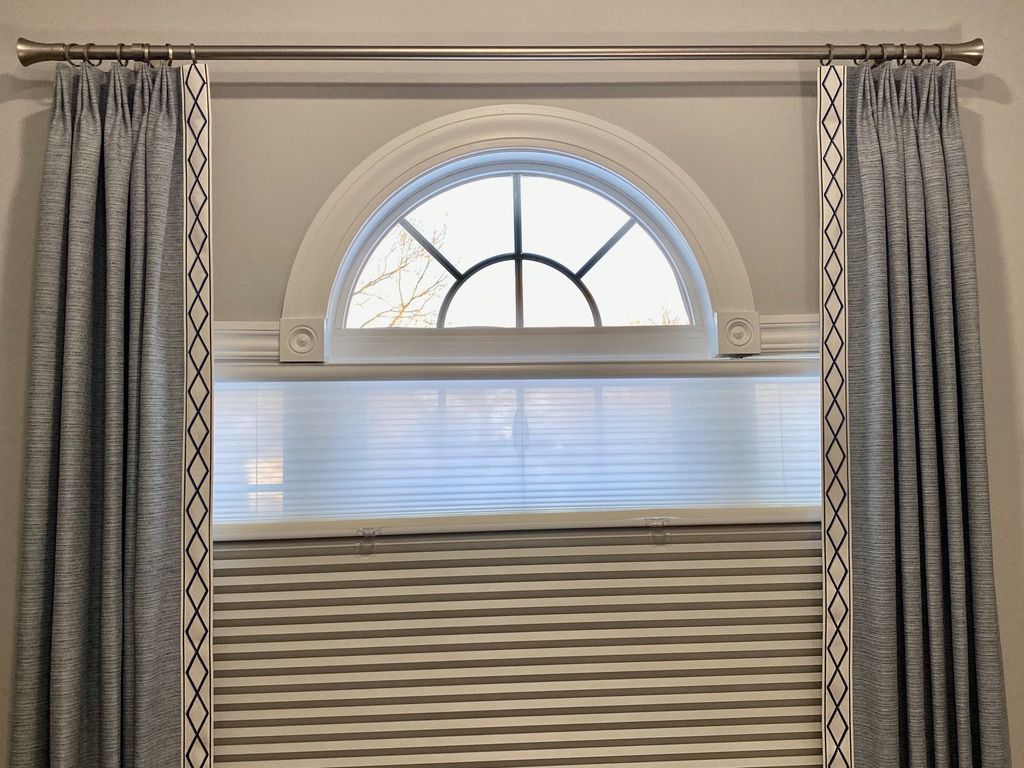How Many Drapery Panels Do You Need?
TLDR;
You typically need 2
drapery panels for standard window coverage, but the exact number depends on your window's width, your desired fabric fullness, and the panel width. To achieve a full, balanced look, multiply your window width by 1.5 to 3 times and divide by the width of one panel—then round up.
What Is a Drapery Panel? (Set the Foundation)

A drapery panel is a single piece of curtain fabric designed to hang on one side of a window. When you buy “two panels,” you’re essentially buying a pair to hang on each side.
Key Terms to Know:
- What is a curtain panel? A curtain panel is one section of fabric meant to cover part of a window. You often need two panels for symmetry.
- Drapery panel vs curtain: These terms are often used interchangeably, but “drapery” typically refers to lined, more formal panels, while “curtains” are often lighter and more casual.
If you’re unsure about terminology, understanding the
difference between panels and drapes can help you choose the right style for your space.
- Single vs double curtain panels: A single panel can be used for small or narrow windows, or to drape one side of a sliding door. Double panels give better symmetry, fullness, and coverage for wider windows.
Types of Panels:
- Sheer Panels: Lightweight, provide soft light diffusion
- Blackout Panels: Thick, block out sunlight and offer privacy
- Decorative Panels: May not functionally close, used for aesthetics
Why Panel Count Matters for Window Treatments

The number of drapery panels you use directly impacts how your window looks and functions.
Why curtain panel quantity matters:
- Fullness and coverage: More panels mean richer, gathered fabric and better coverage.
- Do I need one or two curtain panels? One panel may suffice for narrow windows, but two are usually recommended for balance.
Why It Matters:
- Symmetry in window design: Double panels provide visual balance.
- Privacy and insulation: Proper panel count helps with heat retention and light control.
- Style cohesion: Too few panels look sparse; too many can look cluttered.
How to Measure Your Windows for Drapery Panels
Before you can figure out how many panels you need, you’ll need accurate window measurements.
Tools Needed:
- Steel measuring tape
- Notepad
- Calculator
What to Measure:
- Width: Measure the width of the window or the rod (if it's already installed)
- Height: From the top of the window to where you want the panel to fall (e.g., floor, sill)
- Mounting position: Inside mount (inside the window frame) or outside mount (above and beyond the frame)
Tips for Accuracy:
- Measure in inches
- Always measure twice
- Add extra width for stack-back (where the curtain hangs when open)
Diagram idea: Include a graphic showing rod length, window width, and drapery stack-back zones.
Drapery Fullness Explained (And Why It Affects Panel Quantity)

What is fullness? Fullness is how much fabric is used in relation to the width of the window. More fullness means a lusher, gathered look.
Fullness Multipliers:
- 1.5x: Light fullness (basic coverage)
- 2x: Standard fullness (balanced and functional)
- 2.5x–3x: Luxurious fullness (formal or layered looks)
Curtain panel width to window width ratio:
- Window width × fullness factor = total fabric width needed
Example:
- 60" window × 2x fullness = 120"
- If each panel is 50" wide, you'll need: 120 ÷ 50 = 2.4 →
3 panels
Pleating Styles Impact Fullness:
- Grommet curtains: Require less fullness
- Pinch pleat curtains: Require more fabric for pleats
- Rod pocket: Usually fall between the two
Drapery Panel Calculator (Interactive or Manual)
You can calculate your panel needs manually using a simple formula:
Formula:
- (Window width × desired fullness) ÷ width of one panel = panel count
Example:
- Window: 72"
- Fullness: 2x
- Panel width: 48"
- (72 × 2) ÷ 48 = 3 →
3 panels needed
Common Window Sizes & Panel Needs:
- 36" window: 2 panels (standard)
- 72" window: 3 to 4 panels
- 120" window: 4 to 6 panels
Pro Tip: Always round up. It’s better to have slightly too much fabric than not enough.
Room-by-Room Panel Recommendations

Bedroom: Blackout and Privacy
- Use double panels for privacy and full light control
- Opt for blackout fabrics or thermal-lined options
- Extra fullness improves sleep quality
Living Room: Layering and Aesthetics
- Combine sheers with heavier drapes
- Use decorative panels even if windows are rarely covered
- Add elegance with high-mount rods and floor-length panels
Kitchen: Minimalist Styles
- Often a single panel or café curtain is enough
- Prioritize natural light and easy cleaning
Patio or Sliding Glass Doors
- Wider doors often need 4 or more panels
- Consider stack-back space and easy access
- Use grommet or track systems for smooth operation
Drapery Panels for Unique Window Types

Bay Windows
- Use flexible rods or hinged rods for each angled section
- Typically need 3+ panels (1 per section)
Corner Windows
- Separate rods or custom corner rods work best
- May need 2 to 4 panels depending on layout
Arched or Odd-Shaped Windows
- Mount standard panels above the arch—this is also a great opportunity to explore
Modern Valance Styles
- Use curved rods or leave arch exposed for character
- Panel count depends on width beneath arch
Choosing Fabric and Style: How They Influence Panel Needs
Heavier Fabrics (like velvet):
- Need fewer panels due to natural thickness
- Work well with lower fullness multipliers (1.5x–2x)
Lighter Fabrics (like sheer linen):
- Require higher fullness (2.5x–3x)
- May need more panels for coverage
Lining Options:
- Unlined: More casual, needs more layering
- Lined: Adds weight, privacy, insulation
- Interlined: Creates thick, formal drapery (less panels needed)
How Prints and Patterns Impact Layout:
- Bold prints may not look right when overly gathered
- Symmetry helps showcase designs
Mistakes to Avoid When Estimating Panels
- Not accounting for stacking space: Panels take up room even when open
- Overcrowding narrow windows: Too many panels can make the window look smaller
- Choosing style before measuring: Always start with function and fit, then choose fabric and style
- Skipping fullness calculations: Results in flat, lifeless curtains
FAQs About Drapery Panel Calculations
Do I need 1 or 2 curtain panels?
One panel may work for narrow windows, but two are generally better for balance and functionality.
What is a standard panel width?
Most panels range from 40 to 54 inches wide. Always check before buying.
How do I space curtain panels evenly?
Divide the rod space by the number of panels. Use even stack-back on both sides for symmetry.
Can I mix panel types?
Yes, especially for layering. Sheer under blackout or decorative over functional is common.
How much fullness is too much?
Above 3x can look bulky unless using very lightweight fabric.
Styling Success Starts with Proper Measurements
To get the perfect look and functionality, follow this step-by-step approach:
- Measure your window accurately for width and height
- Choose your desired fullness (1.5x, 2x, or more)
- Calculate your panel need using the formula
- Factor in fabric type and hanging style
- Round up your panel count to avoid gaps
If you're not sure or have unique windows, consider consulting a drapery specialist like Simply Windows. We bring decades of experience to help homeowners and businesses achieve flawless window treatments with just the right number of panels.

